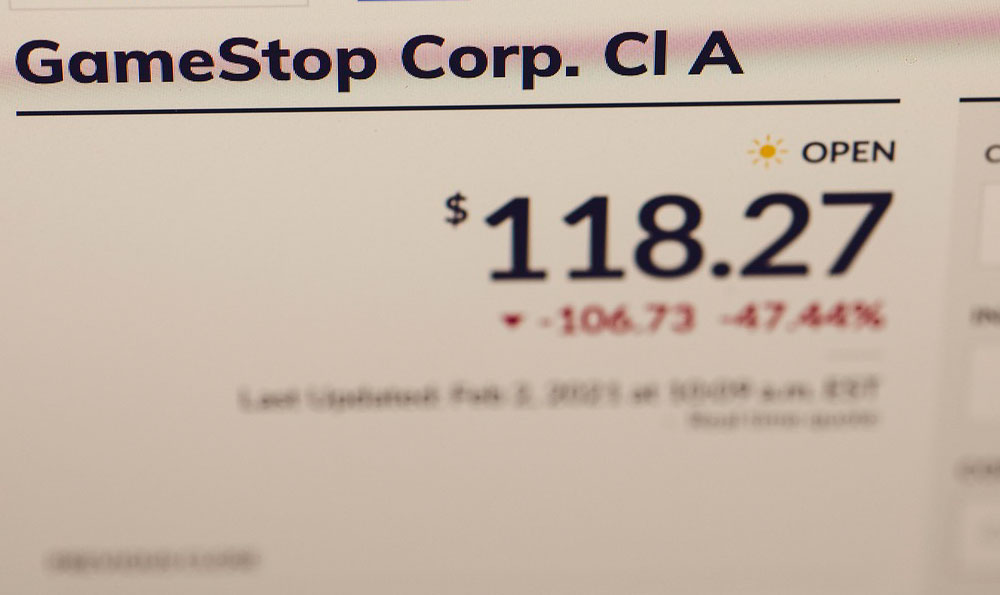Penny Stocks: Risky Gamble or Lucrative Opportunity? How to Profit?
Penny stocks, often shrouded in both allure and apprehension, represent a fascinating yet precarious corner of the investment world. Characterized by their low share prices (typically under $5) and small market capitalization, these stocks often trade on over-the-counter (OTC) markets like the OTC Bulletin Board (OTCBB) or Pink Sheets, rather than major exchanges like the NYSE or NASDAQ. Their accessibility and the potential for substantial gains attract many investors, but it's crucial to understand the inherent risks and develop a sophisticated strategy to navigate this volatile landscape.
The appeal of penny stocks stems from the potential for exponential returns. A small investment can multiply rapidly if the company experiences a significant positive event, such as a breakthrough product, a favorable regulatory decision, or a strategic partnership. This allure is often amplified by compelling stories surrounding these companies, which are frequently startups or companies undergoing restructuring, promising disruptive technologies or turnaround narratives. The perception of getting in on the ground floor of a potentially successful venture fuels the desire to invest.
However, the reality of penny stocks is far more complex and frequently fraught with danger. The low price and trading venue often correlate with several critical risks. First and foremost is the issue of liquidity. Penny stocks are notoriously illiquid, meaning it can be difficult to buy or sell shares quickly without significantly impacting the price. This lack of liquidity can trap investors, making it challenging to exit a losing position or capitalize on a sudden opportunity. Imagine buying a large number of shares only to discover that there are very few buyers when you want to sell; you might be forced to sell at a significantly lower price than you anticipated, incurring substantial losses.

Another major concern is the limited information available about these companies. Unlike publicly traded companies on major exchanges, penny stock companies are often not required to meet stringent reporting standards. This lack of transparency makes it difficult to assess the company's financial health, management team, and long-term prospects. Investors often rely on unverified information, promotional materials, or even rumors, which can lead to misinformed investment decisions. Scams and fraudulent activities are also prevalent in the penny stock market, where companies might inflate their value through misleading press releases or market manipulation tactics. "Pump and dump" schemes, where fraudsters artificially inflate the stock price through false or misleading positive statements and then sell their shares at a profit, leaving other investors with substantial losses, are a common danger.
Furthermore, penny stocks are inherently volatile. Their low price and limited trading volume make them susceptible to significant price swings based on even small market fluctuations or news events. This volatility can lead to both rapid gains and devastating losses, making them unsuitable for risk-averse investors. The price can be easily manipulated by individuals or groups with significant holdings, further exacerbating the risk.
Despite these inherent risks, profit opportunities exist for those who approach penny stock investing with caution, diligence, and a well-defined strategy. Successful penny stock investing requires extensive research and due diligence. Investors should thoroughly investigate the company's business model, financial statements (if available), management team, and competitive landscape. Reading through all available SEC filings and using resources to dig into the details of the company are essential. Verifying claims made in press releases and promotional materials is also crucial.
A robust risk management strategy is equally important. Investors should only allocate a small percentage of their portfolio to penny stocks – a sum they can afford to lose entirely. Setting strict stop-loss orders to limit potential losses is essential. These orders automatically sell your shares if the price falls below a predetermined level, preventing significant losses. Diversification, even within the realm of penny stocks, can also help mitigate risk. Spreading your investments across multiple companies reduces the impact of any single stock performing poorly.
Technical analysis can also be a valuable tool for identifying potential trading opportunities. Studying price charts and trading volume can help identify patterns and trends that might indicate future price movements. However, it is crucial to remember that technical analysis is not foolproof and should be used in conjunction with fundamental research.
Furthermore, it's vital to be aware of the pump and dump schemes and other fraudulent activities that are prevalent in the penny stock market. Be skeptical of unsolicited investment advice, especially from unknown sources. Avoid investing in companies that are heavily promoted without verifiable information. Always conduct your own independent research and due diligence before making any investment decisions.
Patience and discipline are key to successful penny stock investing. Avoid the temptation to chase quick profits or follow the crowd. Stick to your investment strategy and avoid making emotional decisions. It's also important to have a realistic understanding of the risks involved and to be prepared for the possibility of losing your investment.
Finally, consider seeking professional financial advice before investing in penny stocks. A qualified financial advisor can help you assess your risk tolerance, develop a suitable investment strategy, and navigate the complexities of the penny stock market. While the potential for high returns exists, understanding and mitigating the inherent risks is paramount to achieving long-term financial success in the penny stock market. The path to profitability lies in informed decision-making, disciplined risk management, and a unwavering commitment to due diligence.














